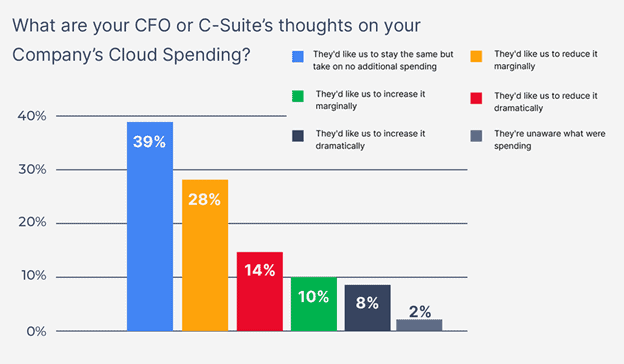Cloud services and utilization are continuing to grow in popularity, importance and adoption; so it’s never a bad time to talk about where these technologies are going. Drawing on the expertise of business and technical leaders in the industry, here’s a summary of trends we see and where those changes are leading us. First up, a very brief history of cloud computing.
The term “cloud computing” first appeared in written form in 1996. Compaq employees George Favaloro and Sean O’Sullivan crafted a business plan that all business software would move to the web, and they termed “cloud computing-enabled applications”, such as consumer file storage, would become common. “Cloud computing” caught fire ten years later when companies like Google and Amazon started using “cloud computing” to describe the trend of accessing software, compute power, files, and documents via the web rather than local desktop storage. Today, it’s difficult to find any organization that isn’t using the cloud in some manner, ranging from Dropbox storage to Microsoft’s O365 platform to a full cloud-first arrangement.
Hybrid cloud strategies have gained favor.
In 2022, 60% of organizations are using a hybrid cloud strategy. Graham Bromham, head of regional sales & service providers at Fujitsu UK, said:” “A company’s choice of cloud approach is very much a workload-dependent decision. There are applications and workloads perfectly suited to a cloud or SaaS approach, but the time, risk, and cost associated with refactoring and migrating legacy workloads are often barriers to successful cloud adoption.
“This is why the appetite for hybrid cloud is particularly strong. The most successful cloud providers will be those who can deliver this effectively for their customers as they decide the future direction of their IT estate.”
Public cloud-only strategies are decreasing.
According to the joint Fujitsu UK and Cloud Industry Forum (CIF) white paper, ‘The transformational impact of cloud’, 58% of respondents said new cloud technology is difficult to keep up with, while 57% said the cloud has introduced more complexity to their organization. As a result, technical leaders are turning to cloud consultants for assistance in strategizing and implanting a hybrid approach, relying on a combination of cloud-based operational applications, locally hosted compute power, and data centers for their critical data strategy.
CFOs want cloud spending to remain steady or decrease.
According to a new study from Wanclouds, 81% of IT leaders say their C-suite has directed them to reduce or take on no additional cloud spending. Organizations have grown their cloud presence with little financial hindrance for multiple years. The current financial perfect storm – rising inflation, escalating interest rates, along with fears of a potential recession – have caused organizations to reevaluate their digital ambitions and cloud spending.

What does the CFO and C-Suite think about cloud computing? Image source: Wanclouds
Organizations are using direct access to the public cloud.
Not only is a direct cloud connection more secure than an Internet-based connection, but it can also save a significant amount of money each year. Cloud-based egress fees are often unpredictable, adding variance to the overall cloud costs. The dependability of a direct connection charge is much easier to manage. Cloud service providers (such as AWS, Azure, GCP, Oracle, SAP, IBM, Salesforce, and more) offer incentives for direct interconnections (offered by network providers such as Bluebird Network) by reducing egress rates. For example, AWS provides 60 to 70 percent lower data egress rates for users using a direct connection rather than an Internet connection. Add in the performance and security benefits of a direct connection, and almost all organizations will transition away from Internet-based connectivity in the coming years.
Multi-cloud utilization will increase.
Untethering from a single cloud service provider reduces the risk of being too invested to change should costs continue to rise or specific applications experience support changes. Using a multi-cloud strategy helps create redundancy to reduce the chance of system errors or outages. Containerized applications provide options to organizations should service levels change or alternate CSPs offer a more cost-efficient solution, enabling applications can be quickly transferred to a new platform. In 2020, 70% of companies stated they use only a single CSP. More recent reports indicate 84% of mid-to-large companies will have adopted a multi-cloud strategy by 2023.
Authored by: Rich Weatherby, Director of Enterprise Sales East, Bluebird Network

Recent Comments